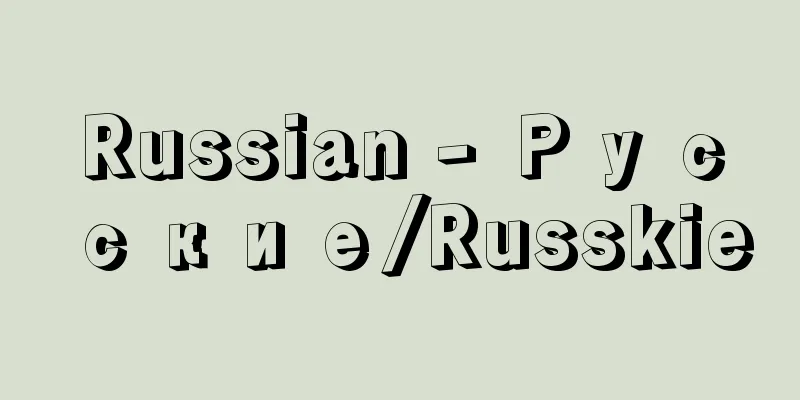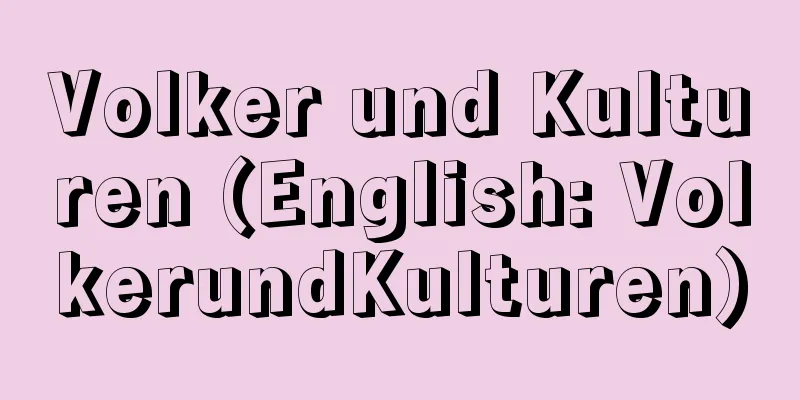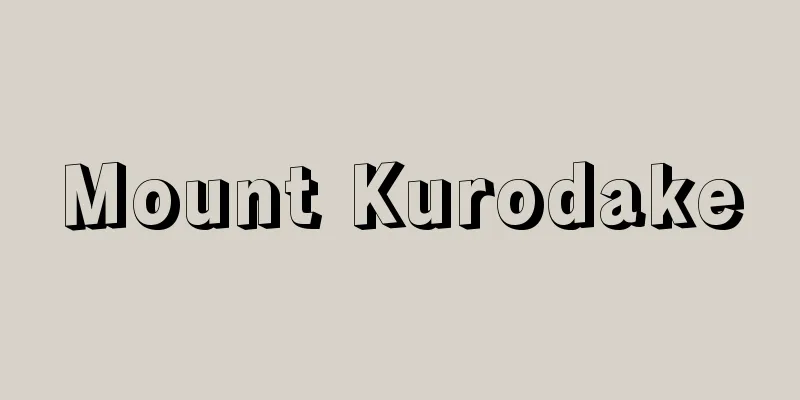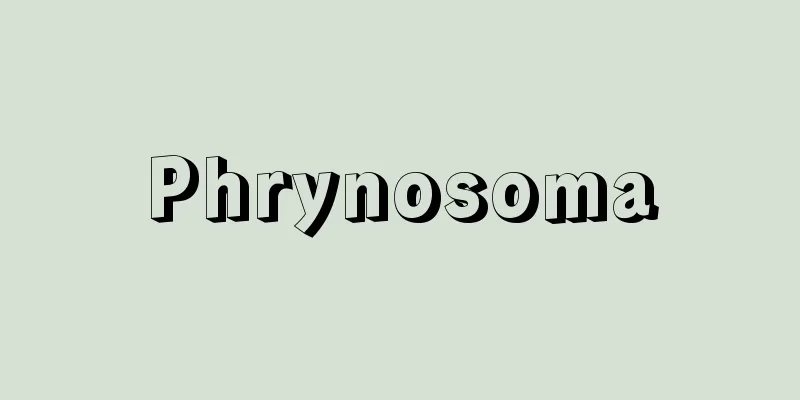Russian - Русские/Russkie

|
The ethnic group that forms the core of the Russian Federation. The population in the former Soviet Union was about 145,155,000 (1989), of which 99.9% speak Russian as their mother tongue. They originally lived in European Russia west of the Ural Mountains, but due to colonization of Siberia since the 16th century, they now account for more than 90% of the population of Siberia. Outside of Russia, they live in the CIS (Commonwealth of Independent States) countries that gained independence after the collapse of the Soviet Union, various parts of Europe, the United States, Canada, and China (Russian). Russian belongs to the East Slavic language group of the Slavic language family of Indo-European languages, and forms the same group as Ukrainian (Little Russian) and White Russian (Belorussian). Characteristically, like other Slavic peoples, they belong to the East European race, are of medium height, and have light-colored hair and eyes, but they are also intermarrying with the surrounding peoples. Russians, along with Ukrainians and Belarusians, made up the Old Russian people until around the 13th century, and from around the 8th century, with the advance of the Normans, they established a state centered around Novgorod and Kiev. Around this time, the old form of Russia, the name Русь/Rus', was born, but there is no established theory on its origin. The current Russian people were formed during the resistance to the Mongols and Tatars in the 14th and 15th centuries and the construction of a unified state centered around Moscow. After the independence of the Grand Duchy of Moscow, the territory continued to expand, and in the 19th century it stretched from the Black Sea and Caspian Sea coasts in the south to the Arctic Ocean in the north, from Poland in the west to the Far East and Alaska in the east. During that time, Russians, led by the Cossacks, settled in various places, leaving a great influence on the indigenous people of those places in terms of their livelihoods, material culture, and spiritual culture. Since ancient times, Russians have built villages and engaged in farming based on a large patriarchal family system (mir), but as the Grand Duchy of Moscow developed into the Russian Empire, many peasants were turned into serfs. This was a measure by the state's upper echelons to control the peasants, but on the other hand, contrary to the expansion of the country, it ended up hindering the development of society. Although the Industrial Revolution occurred at the end of the 19th century, the social distortion that had existed up until that point was so great that the revolution that occurred during World War I developed into a socialist revolution, and the world's first socialist state was established in 1917. Russians are largely divided into the north and south by language and some cultural differences, and each has its own characteristics in terms of housing and clothing. The central region is an intermediate region, stretching from Moscow to the middle reaches of the Oka and Volga rivers. Tall, gabled wooden houses are the norm in the north, while low, pyramidal roofs are more prevalent in the south. Sometimes the walls are plastered with clay or made of bricks. Farmers' land usually includes a house and an attached vegetable garden, as well as a grain drying area and a bathhouse (a sauna-style steam bath). Settlements tend to be larger in the south. In terms of clothing, the sarafan worn by peasant women in the north and central regions, and the woolen skirt called the ponyoba in the south, are characteristic. Unmarried women wear ribbons in their hair, while married women cover their hair with a hood (such as a kichka). The traditional men's clothing was mainly a top called a rubashka. The staple food is rye black bread, and characteristic dishes include salyanka, borsch, and piroshki. As for religion, Greek Orthodoxy (Russian Orthodoxy, Eastern Orthodoxy) has been widespread since the Grand Prince Vladimir of Kievan Rus converted to it in the 10th century. Currently, most people follow the faith reformed by Patriarch Nikon of Moscow in the 17th century, but those who rebel against it are called separatists (Raskolniki) and keep their old faith in surrounding areas such as Siberia and Central Asia. Before the spread of Christianity, Russians had a polytheistic religion centered on the god of thunder, Perun, but some of it was adopted and merged with Christianity. In folklore, house spirits (domovoi), water spirits (bodyanoi, rusalka), forest spirits (leshy), witches, vampires, etc. appear frequently, and they succinctly represent the simple faith of the people. Russian folk art is generally simple, but for that very reason it is often deeply moving. Crafts such as woodwork, silverwork, and miniatures, as well as folk songs, bylinas (a type of song based on an old heroic legend with a unique melody) and chastushkas (a satirical song), have had a major influence on modern Russian literature, art, music, and theater. [Sasaki Shiro] Moriyasu Tatsuya (ed.), World History of Ethnic Groups 10: Slavic Peoples and Eastern Russia (1986, Yamakawa Publishing) ▽ Oki Shinichi (ed.), Russian Folklore (1985, Iwasaki Bijutsusha) ▽ Hedrick Smith, The Russians, volumes 1 and 2, translated by Takada Masazumi (1985, Jiji Press) ▽ Hedrick Smith, The New Russians, volumes 1 and 2, translated and supervised by Iida Kenichi (1991, NHK Publishing) ▽ Nakamura Yoshikazu, Russia in the Distance: A Journey through History and Folklore (1996, Sairyusha) ▽ Igarashi Noriko, The Consciousness Structure of Modern Russians (1999, Osaka University Press) [References] | | | | | |Source: Shogakukan Encyclopedia Nipponica About Encyclopedia Nipponica Information | Legend |
|
ロシア連邦の中核をなす民族。人口は旧ソ連領内に約1億4515万5000人(1989)で、その99.9%がロシア語を母語とする。本来の居住地はウラル山脈以西のヨーロッパ・ロシアであるが、16世紀以降のシベリア入植によって現在はシベリアの人口の90%以上を占めるに至っている。ロシア以外ではソ連崩壊後に独立したCIS(独立国家共同体)諸国、ヨーロッパ各地、アメリカ合衆国、カナダ、中国(俄羅斯族(おろすぞく))などにも常住している。ロシア語はインド・ヨーロッパ語族スラブ語群東スラブ語に属し、ウクライナ(小ロシア)語、白ロシア(ベロルシア)語と同じグループを形成する。形質的には他のスラブ諸族と同様に東ヨーロッパ人種に属し、中位の身長で、髪や目の色は明るいが、周辺の人々との混血も進んでいる。 ロシア人はウクライナ人、白ロシア人らとともに13世紀ごろまで古ロシア人を構成しており、8世紀ごろよりノルマン人の進出によってノブゴロド、キエフを中心に国家を建設した。このころロシアの古形であるルーシРусь/Rus’という名称が生まれたが、その語源に定説はない。現在のロシア人は14、15世紀のモンゴル、タタールへの抵抗とモスクワを中心とした統一国家建設のなかで形成された。モスクワ大公国の独立以降領土は拡大の一途をたどり、19世紀には南は黒海、カスピ海沿岸から、北は北極海まで、西はポーランドから東は極東、アラスカにまで及んだ。その間ロシア人はコサックを先頭に各地に入植し、その地の先住民に対して、生業形態、物質文化、精神文化などに大きな影響を残した。ロシア人は古来家父長的大家族制(ミールмир/mir)を基礎にして村落をつくり、農耕を営んできたが、モスクワ大公国がロシア帝国として発展するとともに、多くの農民が農奴化された。それは国家の上層部が農民を掌握するための施策であったが、他方で国の膨張とは裏腹に社会の発展を阻害する結果になった。19世紀末に産業革命が起きたものの、それまでの社会的ひずみがあまりにも大きく、第一次世界大戦中に起きた革命は社会主義革命に発展し、1917年に世界で初めての社会主義国家が樹立された。 ロシア人はことばと若干の文化要素の違いで北部と南部に大きく分けられ、それぞれ住居、服装などに特徴がある。さらにモスクワ周辺からオカ川、ボルガ川中流域が中部として両者の中間形態をなしている。住居は、北部では背の高い切妻型の屋根をした木造家屋が主流であるのに対し、南部では背が低く、ピラミッド型の屋根の家屋が多い。壁に粘土を塗ったり、れんが造にすることもある。農家の敷地には、家屋と付属の菜園があり、さらに穀物乾燥場と浴場(サウナ式の蒸し風呂(ぶろ))が建てられるのが一般的である。集落は南部に行くほど大きくなる傾向がある。服装は、北部、中部では農婦の着けるサラファンが、南部ではポニョーバという毛織物のスカートが特徴的である。未婚の女性は髪にリボンを着けるが、既婚者は頭巾(ずきん)(キーチカなど)で髪を隠す。男性の伝統衣装はルバシカとよばれる上衣が中心であった。食事はライムギの黒パンなどが主食で、特徴的な料理にサリャンカ、ボルシチ、ピロシキなどがある。 宗教は、10世紀にキエフ大公国のウラジーミル大公が改宗して以来、ギリシア正教(ロシア正教、東方正教会)が普及している。現在、大部分が17世紀にモスクワ総主教ニコンによって改革された信仰に従っているが、それに反発したものは分離派(ラスコーリニキ)とよばれ、シベリア、中央アジアなど周辺地域で旧来の信仰を守っている。ロシア人はキリスト教普及以前には雷神ペルーンを中心にした多神教的な宗教をもっていたが、その一部はキリスト教のなかに取り入れられ、融合した。民間伝承では家霊(ドモボイ)、水霊(ボジャノイ、ルサールカ)、森霊(レーシー)、魔女、吸血鬼などが盛んに登場し、民衆の素朴な信仰を端的に表している。 ロシアの民間芸術も概して素朴なものであるが、それだけに人の心を打つものが多い。木工芸や銀細工、ミニアチュールなどの工芸品や民謡、ブイリーナ(古い英雄伝説を独特の節をつけて歌ったもの)、チャストゥーシュカ(風刺をきかせた歌)などは、近現代のロシアの文学、美術、音楽、演劇などに大きな影響を与えている。 [佐々木史郎] 『森安達也編『民族の世界史 10 スラヴ民族と東欧ロシア』(1986・山川出版社)』▽『大木伸一編訳『ロシアの民俗学』(1985・岩崎美術社)』▽『ヘドリック・スミス著、高田正純訳『ロシア人』上下(1985・時事通信社)』▽『ヘドリック・スミス著、飯田健一監訳『新・ロシア人』上下(1991・日本放送出版協会)』▽『中村喜和著『遠景のロシア――歴史と民俗の旅』(1996・彩流社)』▽『五十嵐徳子著『現代ロシア人の意識構造』(1999・大阪大学出版会)』 [参照項目] | | | | | |出典 小学館 日本大百科全書(ニッポニカ)日本大百科全書(ニッポニカ)について 情報 | 凡例 |
Recommend
Izumozaki [town] - Izumozaki
A town in Santo County facing the Sea of Japan i...
Aguirre, The Wrath of God - Aguirre, The Wrath of God
This 1972 film by director Werner Herzog (1942- ) ...
Castle, I. (English spelling) Castle I
…The fast-paced quick waltz is called the Viennes...
wing planform
...The aerodynamic design of these wings integrat...
Almohad
…1130-1269. In Spanish, it is called Almohade. It...
Shenzhen
A sub-provincial city (a prefecture-level city wi...
Tenso Chifusai Festival
〘Noun〙 A ceremony in Onmyodo to pray for the repos...
Chrysemys scripta elegans (English spelling) Chrysemysscriptaelegans
… [Takahiro Matsui]. … From "Midorigame (Gre...
Clinton Joseph Davisson
American physicist. Born in Illinois. After enrol...
History
…The origin of the word shows that history is not...
Vernyi
In 1854, the Russian army annexed the Kazakh noma...
Naxalite - Naxalite (English spelling)
A fierce anti-landlord struggle unfolded in the I...
Appeals against refusal decisions - Kyozetsu saiteifufukushinsei
...When the right to obtain a patent is jointly o...
Ishikiri Kajiwara
…In the winter of 1730, it was adapted into a Kab...
Kosaburo Yoshizumi
A Nagauta singer. There are six generations, but ...









